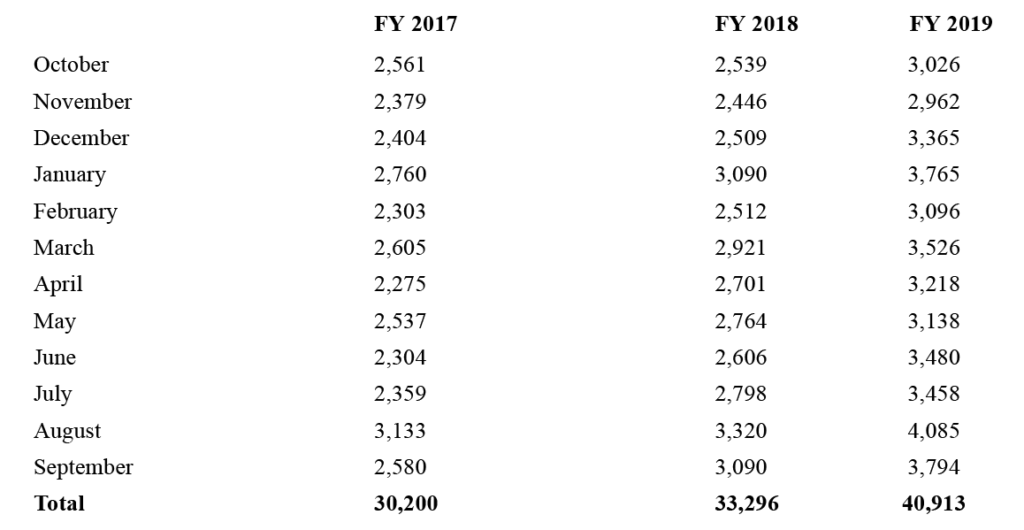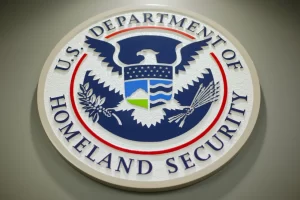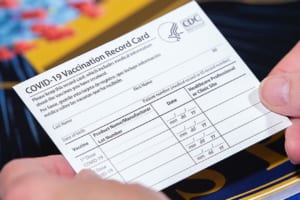The United States Customs and Border Protection Agency (“CBP”) has released statistics on the number of border searches conducted on electronic devices for the 2019 Fiscal Year. During the year, more than 414 million travelers arrived through air, land and sea Ports of Entry (“POE”), and of that total number, 40,913 electronic device searches were made, representing .01 percent of arriving passengers. The number of electronic device searches made in 2019 represents a sharp increase from both 2018 and 2017, as indicated below:
International Travelers Processed with Electronic Device Search
All incoming passengers to the United States may be subject to their electronic devises being searched including U.S. citizens and lawful permanent residents. Customs and Border Patrol officers conducting these searches must demonstrate a showing of “reasonable suspicion” and such a search may not be suspicion less. While a passenger requesting entry into the U.S. might argue with a CBP officer over whether he or she has a reasonable suspicion to conduct an electronic device search, the reality is that refusing to comply with such a request might lead to a long delay, or at worse, a refusal of entry into the United States, and little chance of any recourse from any negative action taken.
For more information on travelers rights at the border and whether a CBP officer can lawfully search electronic devices, contact us at info@enterlinepartners.com and speak with one of our U.S. immigration lawyers in Asia at our offices in Ho Chi Minh City, Manila and Taipei.
ENTERLINE & PARTNERS CONSULTING
Ho Chi Minh City, Vietnam Office
3F, IBC building
1A Cong Truong Me Linh Str.
District 1, HCMC, Vietnam
Tel: +84 933 301 488
Email: info@enterlinepartners.com
Facebook: Enterline & Partners – Dịch vụ Thị thực và Định cư Hoa Kỳ
Website: http://enterlinepartners.com
Manila, Philippines Office
Unit 2507 Cityland 10 Tower 1
156 H.V. Dela Costa Street
Makati City, Philippines 1209
Tel: +632 5310 1491
Email: info@enterlinepartners.com
Facebook: Enterline and Partners Philippines
Website: https://enterlinepartners.com/language/en/welcome/









